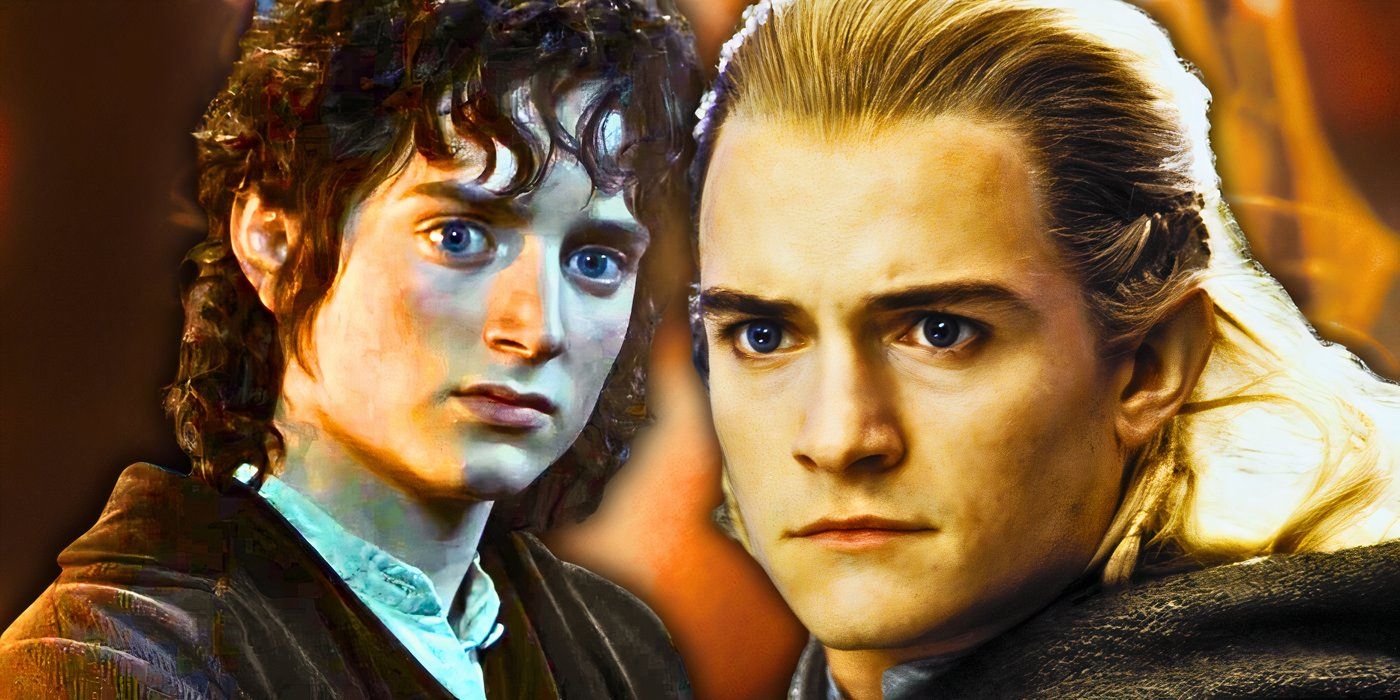
The most powerful Elves in Lord of the Rings can’t be imagined without their pointed ears – Legolas, Thranduil, and Galadriel all helped give Elves this unique visual identity. Elves’ distinct ears drove their characterization in The Rings of Power, as evidenced by Galadriel hiding her ears in season 1 to avoid detection in Númenor. With The Rings of Power continuing with season 2 and the franchise expanding with more Lord of the Rings movies, the appearance of the Elves will stay in the public consciousness. Investigating Tolkien’s work reveals the complexity of this subject, and why it is still being discussed.
Tolkien Never Described Elves As Having Pointed Ears In The Lord Of The Rings
J.R.R. Tolkien’s The Lord Of The Rings Didn’t Describe Elf Ears
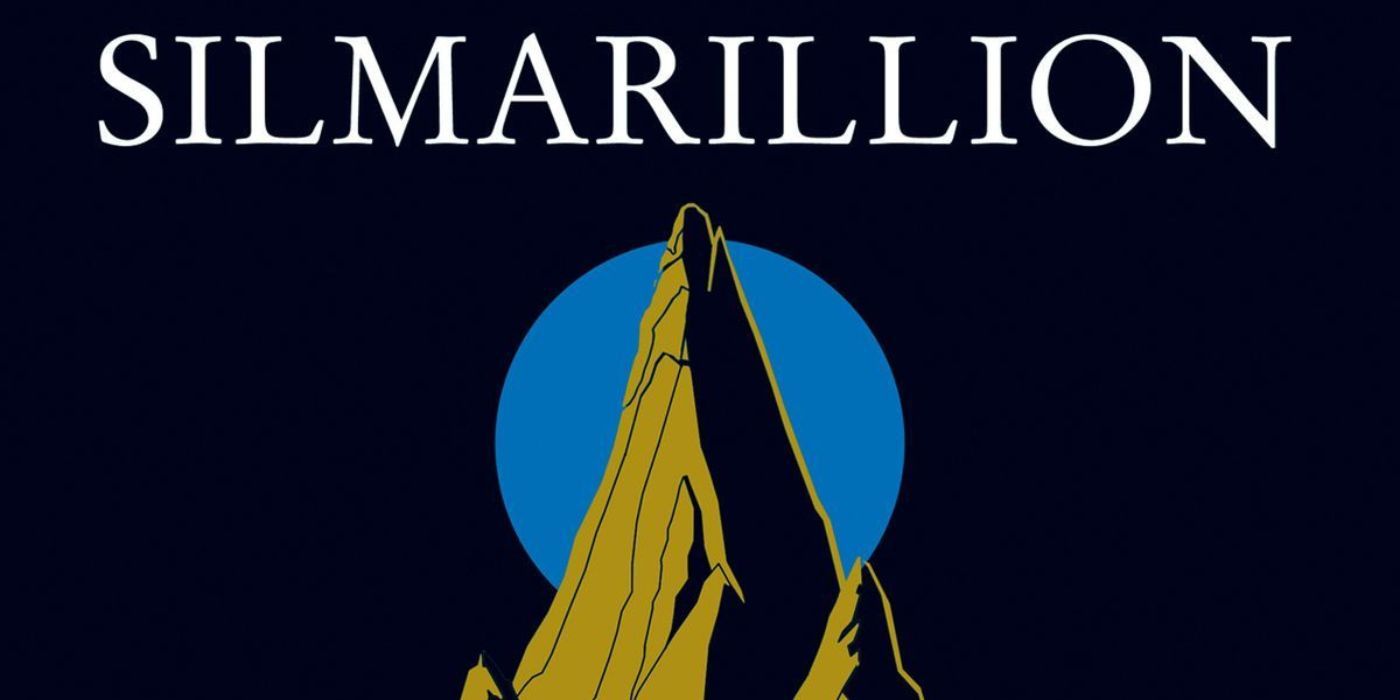
J.R.R. Tolkien didn’t describe Elf ears as pointed in The Hobbit or The Lord of the Rings books, so on-screen portrayals of pointed-eared Elves have a mysterious origin, calling their authenticity into question. Peter Jackson, the director of The Hobbit and Lord of the Rings movies, in collaboration with Warner Bros. and New Line Cinema, only got the rights to adapt certain Tolkien works. These works were The Hobbit and The Lord of the Rings, plus its appendices. The same goes for The Rings of Power. Therefore, Elvish pointed ears in these adaptations used artistic license.
The Hobbit and The Lord of the Rings are the only novels on Middle-earth that Tolkien published in his lifetime. The next closest thing to a Tolkien-approved publication on Middle-earth is The Silmarillion, which he entrusted to his son to finish editing and get published. While nobody has the rights to adapt The Silmarillion stories explicitly, studios can take inspiration from them. So, if it mentioned pointed Elf ears, on-screen depictions of this would be understandable – but it doesn’t.
What Tolkien Did Say Elves Looked Like In Middle-earth
Tolkien Gave Vivid Descriptions Of Many Elves
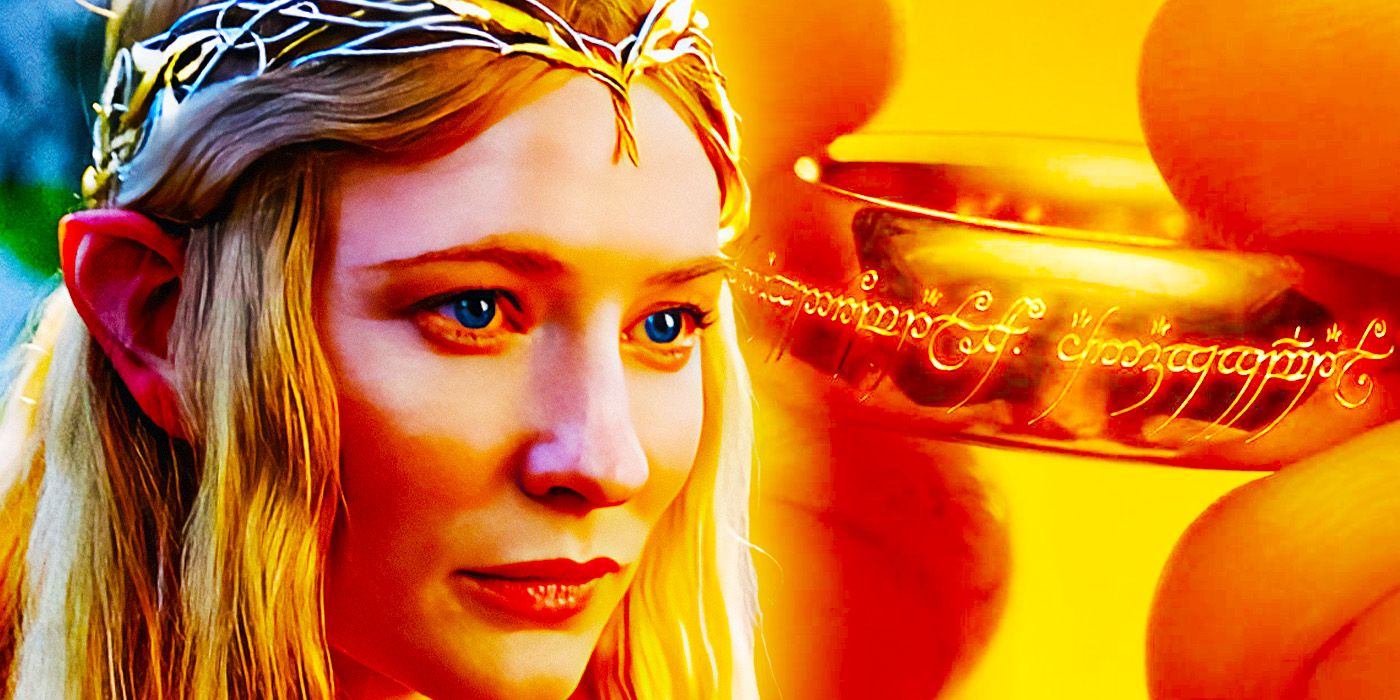
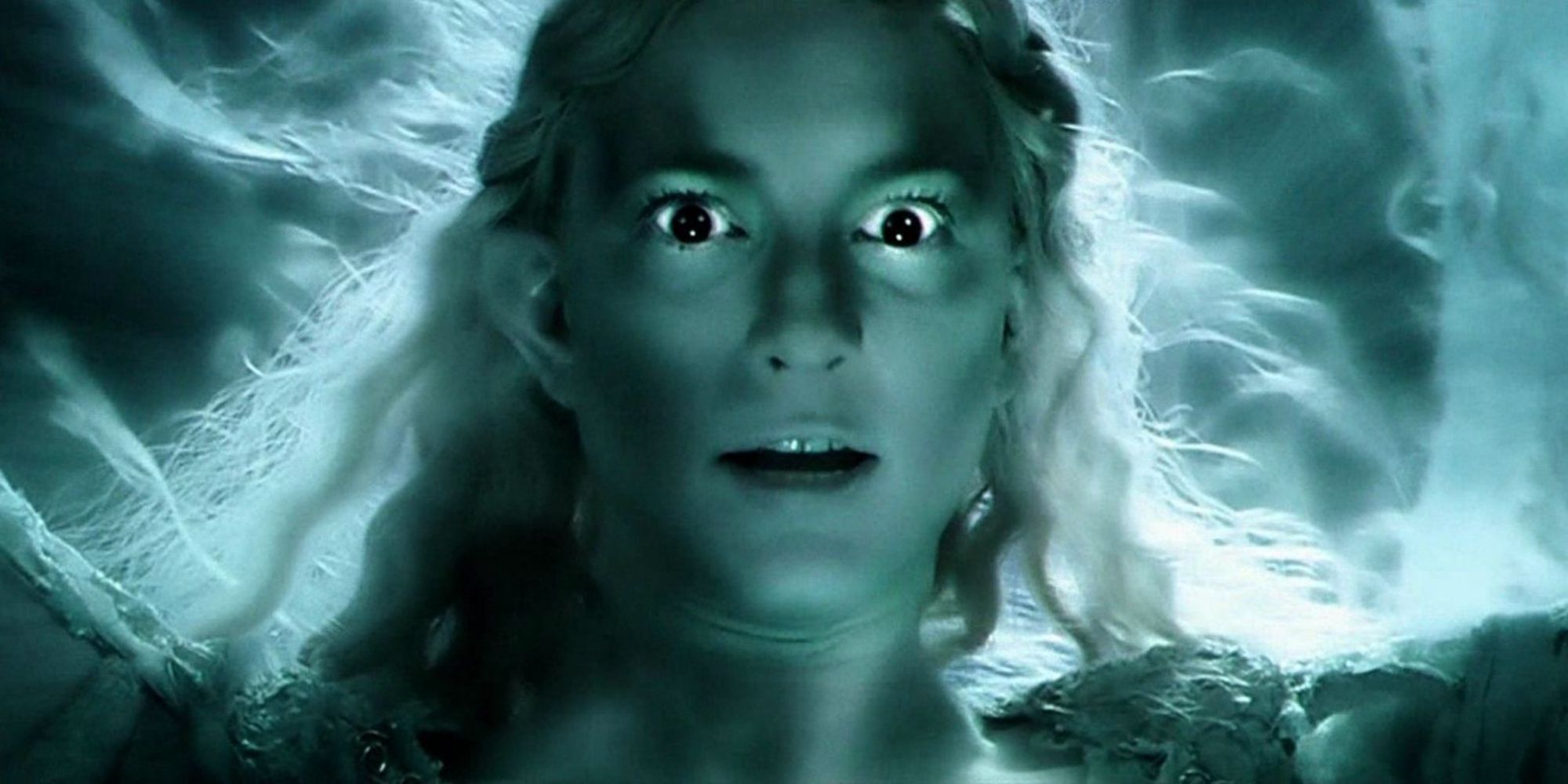
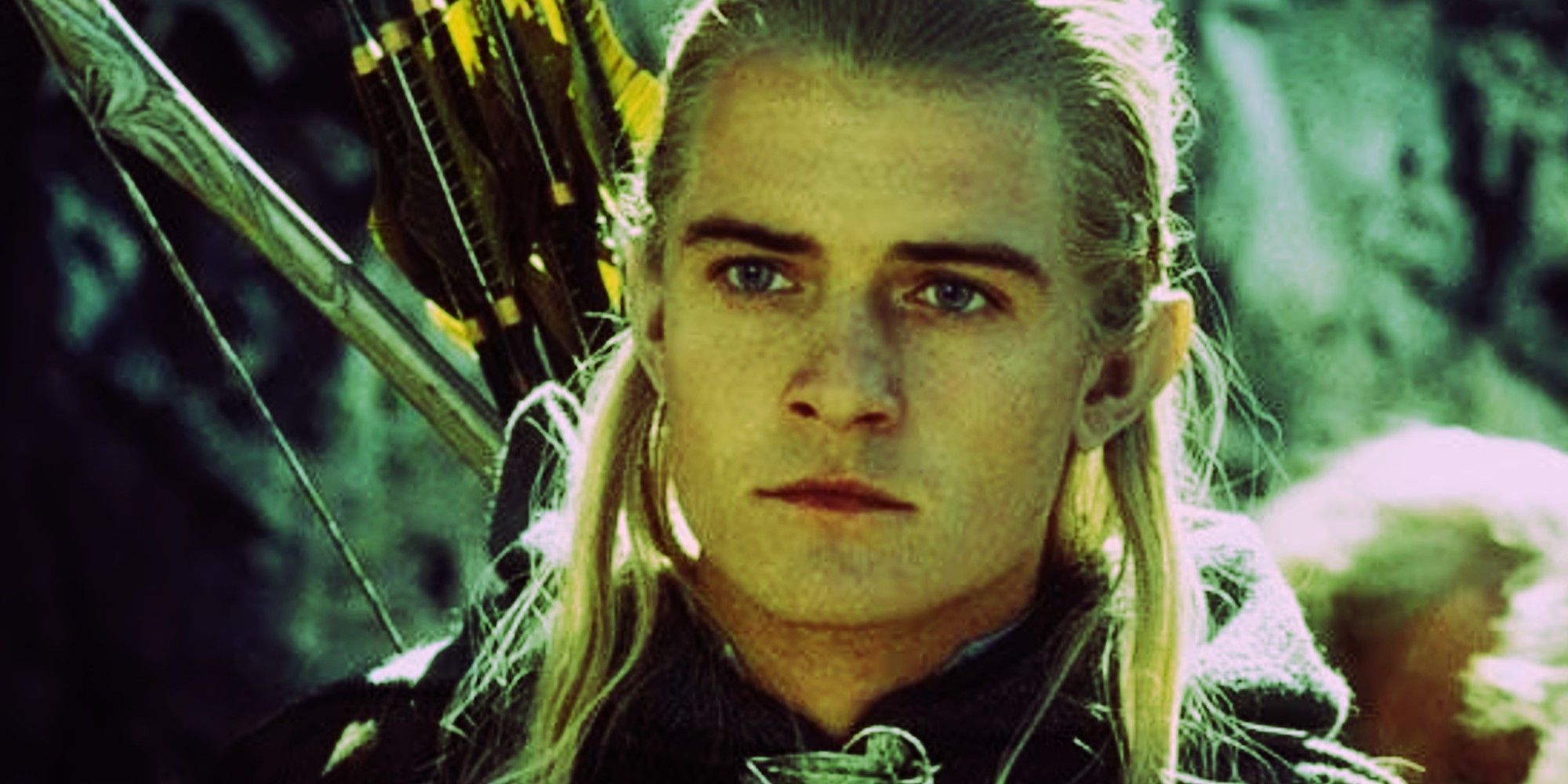
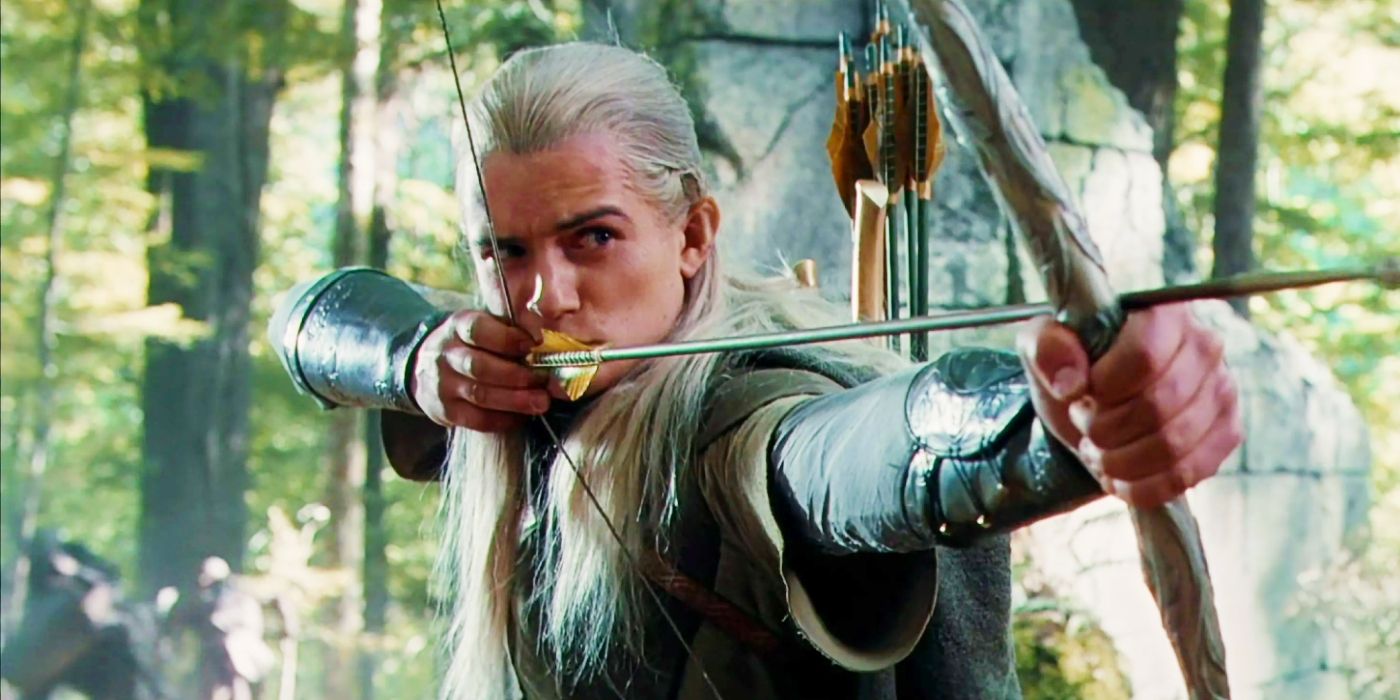
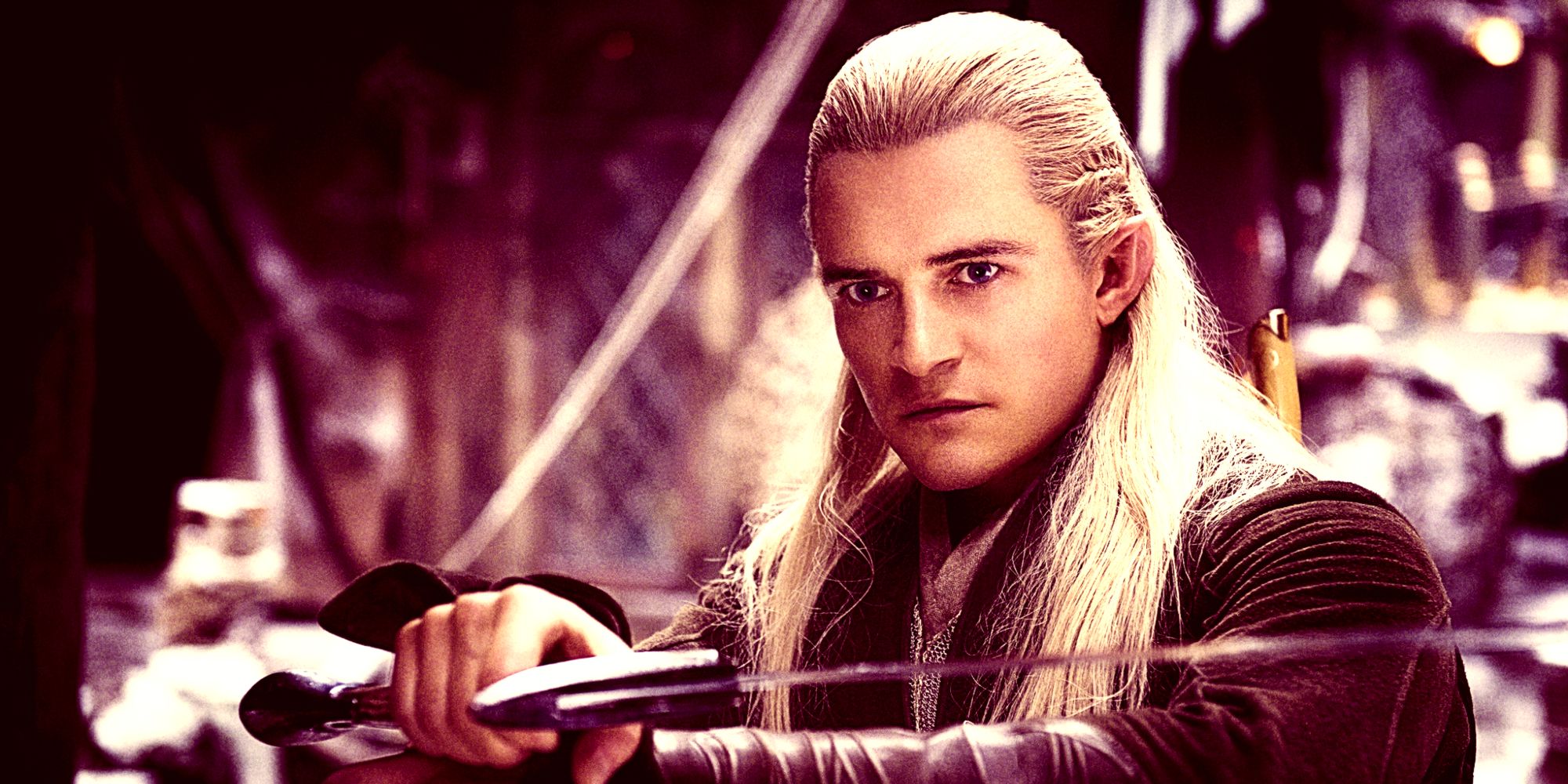





Tolkien actually described the ethereal beauty of Elves a lot throughout his legendarium, despite never confirming their ear shape in The Hobbit or The Lord of the Rings. Though Tolkien never provided clarity for TV and movie directors on Elf ears, he provided descriptions of their clothing, hair, stature, and ageless and otherworldly appearance. This gave adaptations ample material to inspire their Elves, who account for some of the most powerful characters in Lord of the Rings. Legolas, for instance, was perceived by Frodo in The Fellowship of the Ring as “strange” and “clad in green and brown.”
What’s more, in The Book of Lost Tales Part Two, Legolas was described as “tall as a young tree, lithe, immensely strong.” The Book of Lost Tales is part of The History of Middle-earth series, written by Tolkien but published by his son posthumously, including work in varying degrees of completion from all across Tolkien’s career. Gimli said that Galadriel’s long, blonde hair “surpasses the gold of the earth.” It is primarily Vanyar Elves that had blonde hair, with the Noldor often being brunette, and some Teleri sporting silver hair.
Why Lord Of The Rings’ Elves Having Pointed Ears Still Makes Sense
There Are Some Indications That Human And Elf Ears Differ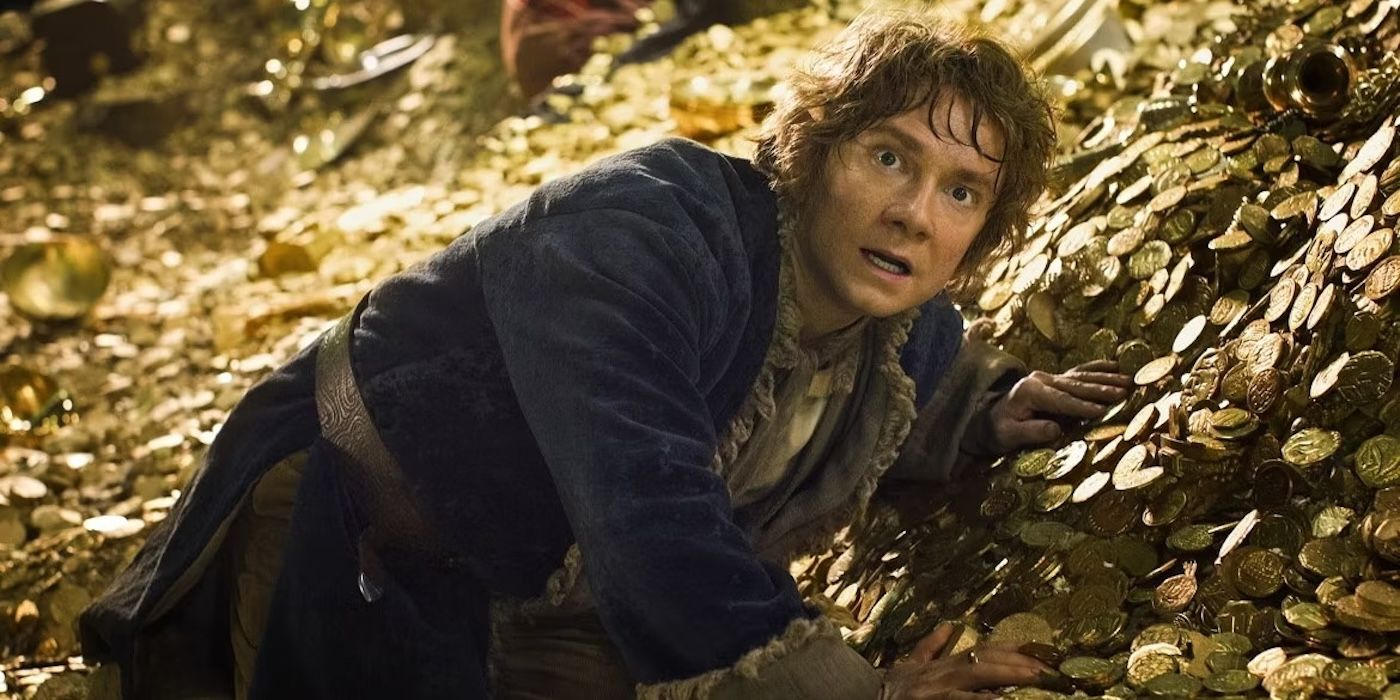
Despite never describing Elvish ear shape in The Hobbit,The Lord of the Rings, or The Silmarillion, J.R.R. Tolkien did briefly allude to it in one letter and one old account of Elvish languages. These indications that Elf ears could be pointed go some way to explaining the popular portrayal of pointed-eared Elves in past and upcoming Lord of the Rings movies and TV shows. Despite this, these works provide no certainty on the subject. The letter was ambiguously worded and the other text presented many points that Tolkien later changed.
The letter in question was written by J.R.R. Tolkien in 1938 to a publisher requesting drawings of Hobbits, and it described Bilbo Baggins, one of Lord of the Rings’ best characters, as having “ears only slightly pointed and ‘elvish’.” Tolkien’s use of apostrophes here implied that he may well have been referring to the popular conception of Elvish ears, which had already started circulating in folklore and art in the Victorian times and before. Tolkien regularly used the word “Elvish” without apostrophes, perhaps suggesting that his Elves did not have pointed ears.
The old account of Elvish languages is The Etymologies in The Lost Road and Other Writings, another book in The History of Middle-earth, which is estimated to have been written between 1936 and 1937. It states that “The Quendian ears were more pointed and leaf shaped than human.” What appeared at first as confirmation that Tolkien’s Elves have pointed ears was complicated by the fact that this work was an early draft, and Tolkien changed much of its content later. Overall, it makes sense to show The Lord of the Rings’ Elves with pointed ears, but the debate will surely continue.




